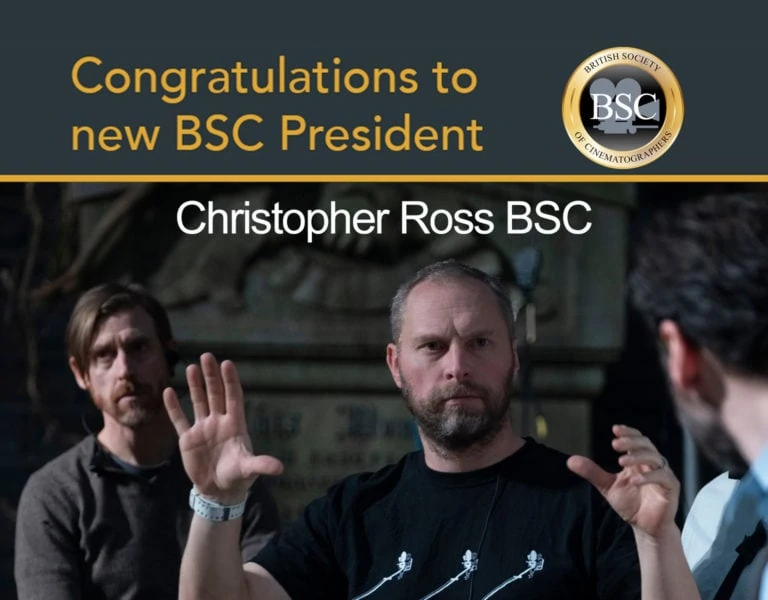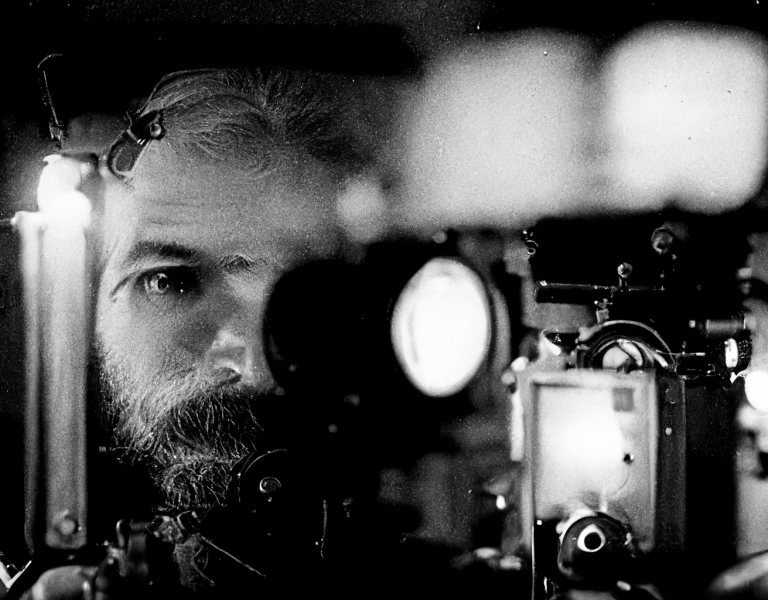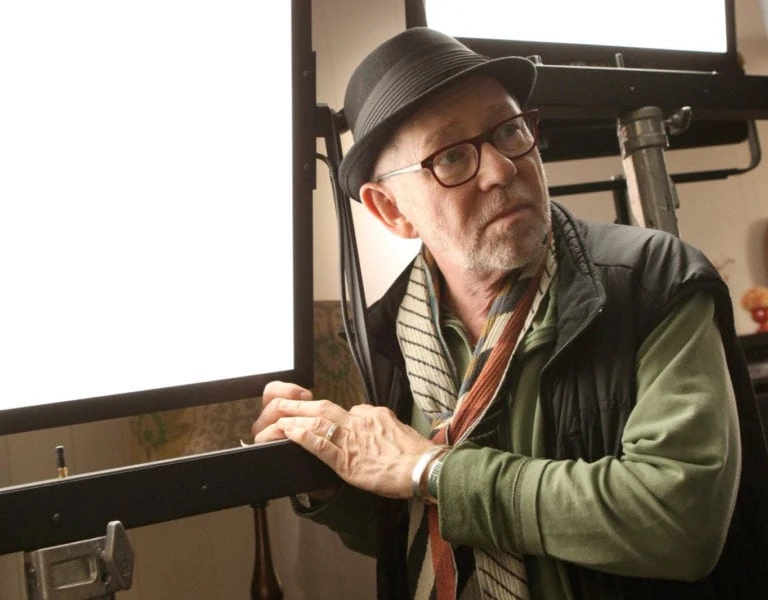As production reignites, Christopher Ross BSC examines the power of art and cinematography to help build bridges and transform the human experience.
catharsis
/kəˈθɑːsɪs/
Noun
- The process of releasing, and thereby providing relief from, strong feelings about a situation or relationship.
“Creating music, and writing songs, is a means of catharsis for them.”
- Psychiatry – The discharge of pent-up emotions to result in the alleviation of symptoms or the permanent relief of a condition.
- Medicine/Medical – Purgation…the act of purging.
As spring blossoms, unfurling itself towards the heat of summer, it seems that the industry is finally awakening from its protracted hibernation. Time, therefore, to recalibrate and focus and embark upon some spring-cleaning, both literal and metaphorical. Revamping showreels and CVs, reorganising diaries and kit lists and rekindling friendships and collaborations. It seems, for now, that the global production gravy train is back on its tracks and heading towards a productive period.
During the peaks and troughs of a career in filmmaking, it’s easy to get lost in the swirling cyclone of the industry. We tend to centre our lives around the diary of our productivity and measure ourselves in terms of shooting hours and days. For many of us, the calendar of our memories is marked in terms of prep and shoot schedules alongside our family’s special occasions, birthdays and anniversaries. Perhaps, as production reignites, we can use this time to selfishly rekindle our collective creative spirits and, in doing so, feed the furnace of next year’s box office.
The power of art to transform and heal the human experience is profound, and few art forms demonstrate this as beautifully as cinema. The profound effects that drama and tragedy have on the viewer have been studied and discussed since the great Greek playwrights began to analyse their audience’s responses. Similarly, the works of Andrei Tarkovsky, Robert Bresson, and Yasijiro Ozu have startling psychological depth, capable of evoking an almost transcendental emotional experience for the viewer.
The connection between artist and audience is an extremely powerful one, built on the foundation of empathy and understanding, resulting in a visceral reaction to the art. To quote Tarkovsky himself, “Cinema is a very difficult and serious art, it requires sacrificing of yourself. You should belong to it, it shouldn’t belong to you. Cinema uses your life, not vice versa.” But it’s not just the most profound artists that elicit deep emotional responses, in many ways box office success and streamer ratings are also indicators of the scale at which a filmmaker unifies an audience’s response.
Last year’s “Barbenheimer” partnership was box office dynamite and, whilst not having the philosophical credentials of Tarkovsky, was a great example of cinema’s ability to resonate. Oppenheimer asked viewers to dwell in the ethical dilemma of creating the world’s most destructive weapon by humanising the thematic connection of its inventor’s fight against the haunting memory of his own creation. Existential angst was also at the core of last year’s highest grossing film too. In Barbie, every character was on a journey to discover who they really are with the revelation that, at the end of the day, anyone can be anything and there’s no one to stop you. Arguably, the contributions made by the film to its audience’s understanding of philosophical topics such as gender, freedom, and society are every bit as legitimate as those made by more traditional works of philosophy and political science. Slipping serious issues under the radar is what gives cinema its credentials as a true art form.
By crafting films that resonate with viewers on a deep emotional level, we offer them a form of therapy and escape. Audiences can see their own struggles and triumphs reflected on screen and can evolve with them alongside the protagonists. But as filmmakers, we too can benefit from cinema’s ability to allow self-expression and personal transformation. The challenge of conveying complex emotions and narratives through visual storytelling allows us to dip into the well of creativity and imagination. In many instances, the process of engaging with this creativity has a powerful effect on the artist themself, allowing the same emotions to be experienced by both audience and artist.
Cinematography, at its finest, interleaves complex imagery to weave visual reinforcement to the thematic arc of a film and its characters. The images having been chosen to resonate deeply with their audience in service of exploring the full range of human emotions and experiences. By blending creativity and technical mastery, cinematographers craft their work to have both aesthetic relevance and emotional impact. The medium of film allows cinematographers to paint with light and shadow and use the camera to tell stories that transcend time and space. Cinematography has the unique ability to build bridges between the diverse human experiences and backgrounds of an audience and to create a sense of unity and shared humanity.
Perhaps, this year, we can all find catharsis in our work. Onwards!










